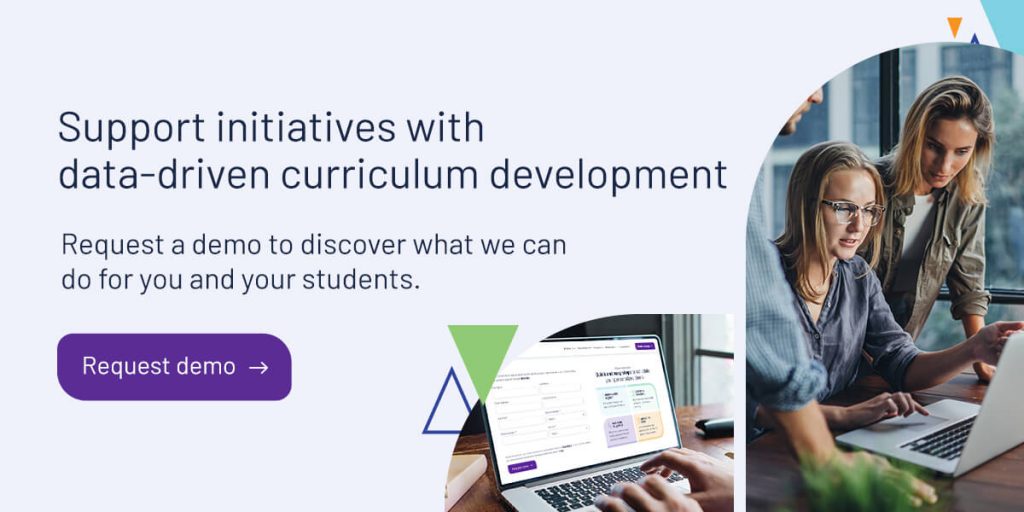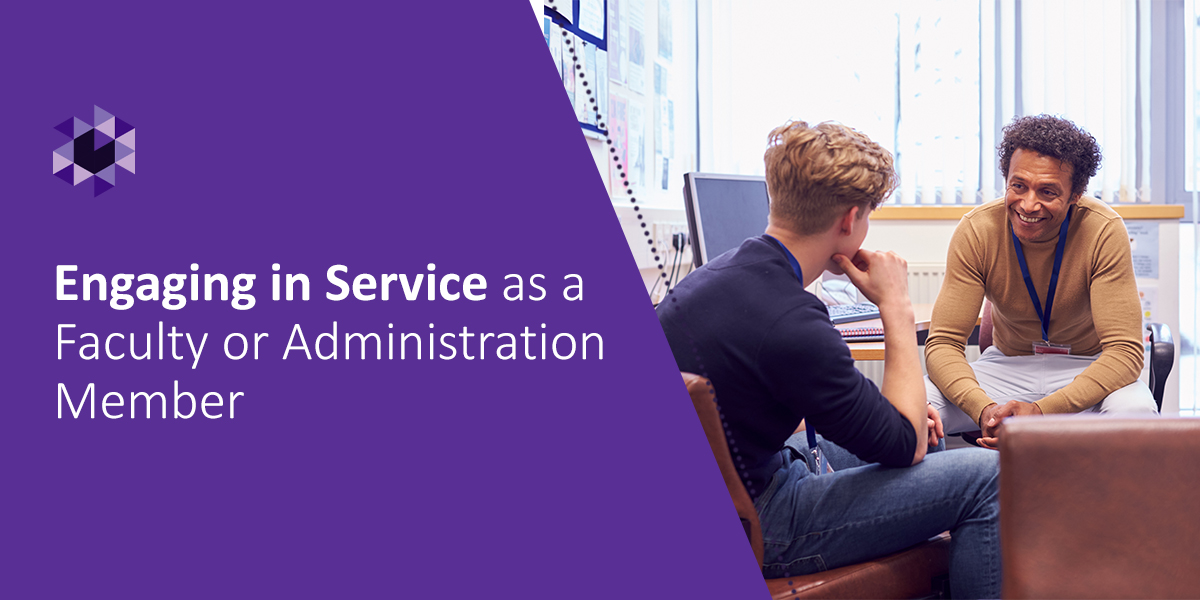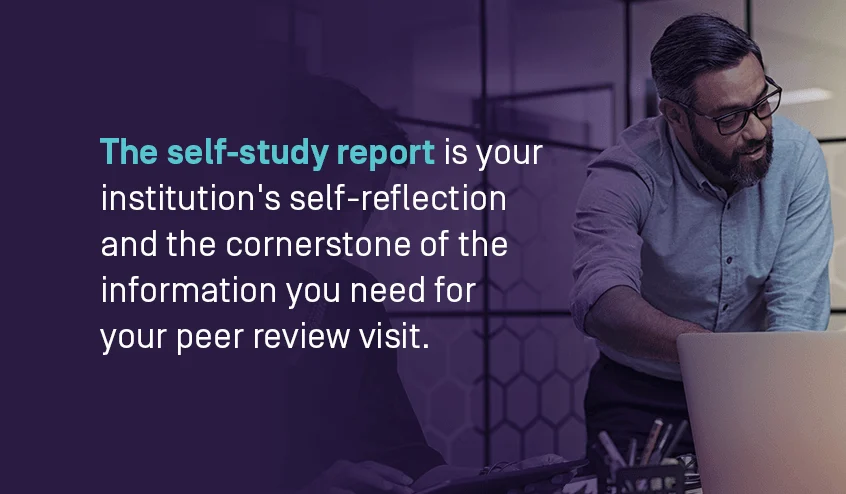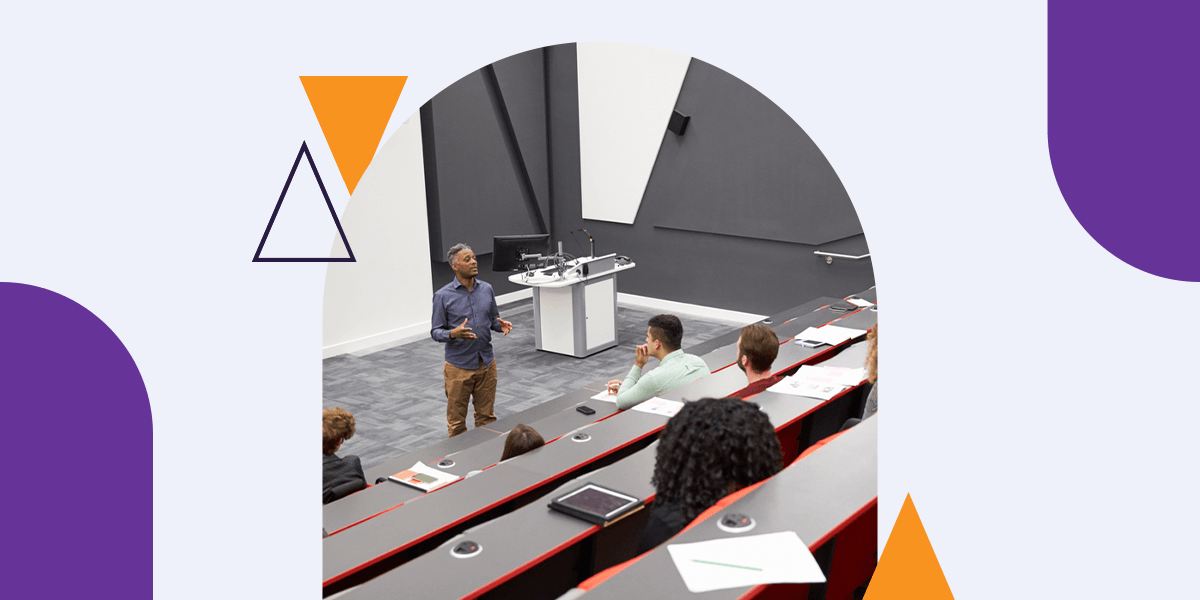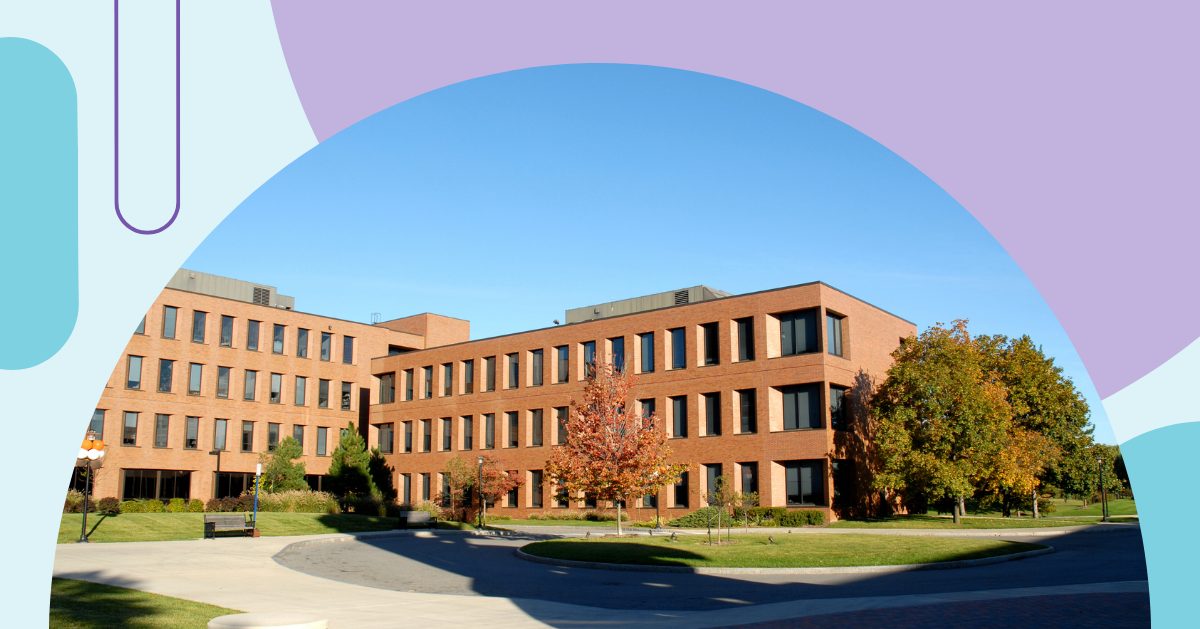
Community colleges play a vital role in workforce development. These institutions align education with economic and business needs and prepare students for in-demand local jobs. Community colleges offer accessible and affordable education that meets local job market requirements, allowing students to support themselves and contribute to economic community growth.
However, as industry expectations change, community colleges must adapt to continue meeting student needs.
Why community college career training is evolving
Higher education institutions shift tactics to meet changing market and workforce needs. Being an affordable way to access quality education, community colleges are at the forefront of enhancing economic mobility while addressing skills gaps. However, recent shifts have created new challenges for these institutions to overcome.
More and more industries are requiring new hires to possess training beyond high school, but too few applicants can meet this demand. Additionally, the implementation of advanced technologies is opening new positions while replacing many traditional roles. Community colleges must address these challenges and equip students with the skills and knowledge necessary to succeed in their careers.
Automation and advanced technology
Advanced technologies like artificial intelligence and automated tools are transforming industries of all types. Community colleges must leverage these technologies within courses to ensure students can practice the skills and access the knowledge relevant to the modern working landscape. A lack of technology on campus can limit the student experience and prepare them for traditional roles that no longer need human workers.
Skills gaps
Another cause for the shift in colleges is the need to address the skills gap. Recent studies suggest that more than half of the jobs in America require applicants to have skills training. However, only about 20 percent of students report receiving quality education-to-career coaching. Community colleges must offer training opportunities that equip students for fieldwork to address this skills gap, leading to a shift in the academic landscape.
Basic needs support
Cost is a recurring roadblock for higher education. Although community colleges offer more affordable education compared to many four-year institutions, paying for education remains a challenge for many students. However, financial concerns are growing beyond the cost of education. In fact, three in five college students experience basic need insecurities, including food and housing.
For many students, justifying the cost of education can be challenging when the alternative could be missing a meal. These obstacles contribute to lower enrollment and higher dropout or stop-out rates. This perpetuates a cycle of having too few qualified applications to meet industry demands and students lacking the necessary skills to acquire jobs to support their lifestyles.
How to adapt to changing industry demands
Understanding these new challenges is the first step to crafting solutions. Next, you must consider the changes you can make on campus to enrich the student experience and contribute to your community. What can your institution do to prepare students and meet local job demands? Many community colleges are adapting career training programs to meet rapidly changing demands by:
Strengthening industry partnerships
One of the most powerful tactics your college can take is creating and strengthening community partnerships. Robust collaboration with local employers can help you identify the specific skills and knowledge your students need to succeed after graduation.
You can use this information to develop the necessary resources and programs to meet these needs, equipping students while giving your community a stronger candidate pool. Strong college and business partnerships result in enhanced program quality, increased job placement rates, and boosted student success.

Implementing competency-based education
Competency-based education enables students to use prior learning and skills to translate into college credits. Rather than following a credit-hour model, competence-based learning is a flexible alternative that promotes effective learning outcomes.
Students benefit from this learning model by mastering specific subjects rather than focusing on meeting seat time requirements. This model also encourages students to learn at their own pace and achieve personalized and meaningful education.
Embracing flexible learning models
Competence-based education is one way to embrace flexible learning models. However, there are several other ways to boost student engagement while offering flexibility. For example, online classes and hybrid course structures allow students to work at their own pace and on their own time.
This flexibility can enable students to work, take care of family, and prioritize other commitments without sacrificing education. Internships and work-based learning can also enhance flexibility while empowering students to gain practical skills and credentials.
Implementing automation and AI
Automated technologies are here to stay. Embracing AI and advanced tools provides students with the experiences they need to succeed in careers that already use these technologies. These technologies also empower educational institutions to create personalized learning pathways, identify at-risk students, and monitor student performance. Implementing automation and AI can help you inform decisions and spot trends that impact your institution’s success and student preparedness.
How curriculum mapping can help you stay ahead
The benefits of curriculum mapping are immense. This process empowers educational institutions to identify gaps in learning material, find assessment opportunities, and align institutional goals and initiatives with industry demands.
Curriculum mapping can help you stay ahead and equip students with the necessary workforce knowledge and experience through:
- Structured pathways: You can use curriculum mapping to design success pathways that encourage students to further their education, secure a relevant job in their field, and advance in employment. The pathways you create should give students a clear idea of how their education can impact their career placement. Basic pathways should include several entry points to facilitate training access and multiple exit points highlighting employment opportunities at each stage.
- Skills instruction delivery: Deliver integrated or contextualized basic skills instruction to streamline student pathway entry and completion. Determine appropriate strategies for teaching basic industry skills. For example, consider bridge programs to empower students to master basic skills to support pathway transitions.
- Increased flexibility: Improve credit accumulation by offering flexible instruction. Use curriculum mapping to determine opportunities for improvement and common student pain points. Leverage technology to accelerate course formats such as self-paced learning modules or hybrid classes. Award credits for prior learning and use competency-based learning to reduce the time a student spends between pathway entry and credential attainment.
- Industry partnership development: Create work-based learning opportunities by identifying shared needs with local employers and developing customized training programs. Engage employers in your curriculum mapping process by asking for feedback and skill essentials. Demonstrate program value to students by highlighting industry partners and ensuring graduates are equipped to meet workforce demands.
Support initiatives with data-driven curriculum development
At Watermark, we understand that student success is institutional success. That’s why we equip higher education institutions with a comprehensive solution to collect, analyze, and synthesize information. The more information you have at your fingertips, the better you can identify student needs and make institutional changes to adapt to evolving industry demands.
We can help you achieve workforce-related initiatives through data-driven curriculum development and assessment. Watermark Curriculum Strategy allows you to manage curriculum changes, increase collaboration, and streamline pathway development. Our solution uses visual workflows to help you map out processes and customize catalogs to keep information accurate.
Our team supports your institution from day one. Ready to get ahead and enhance student support? Request a demo to discover what we can do for you and your students.
